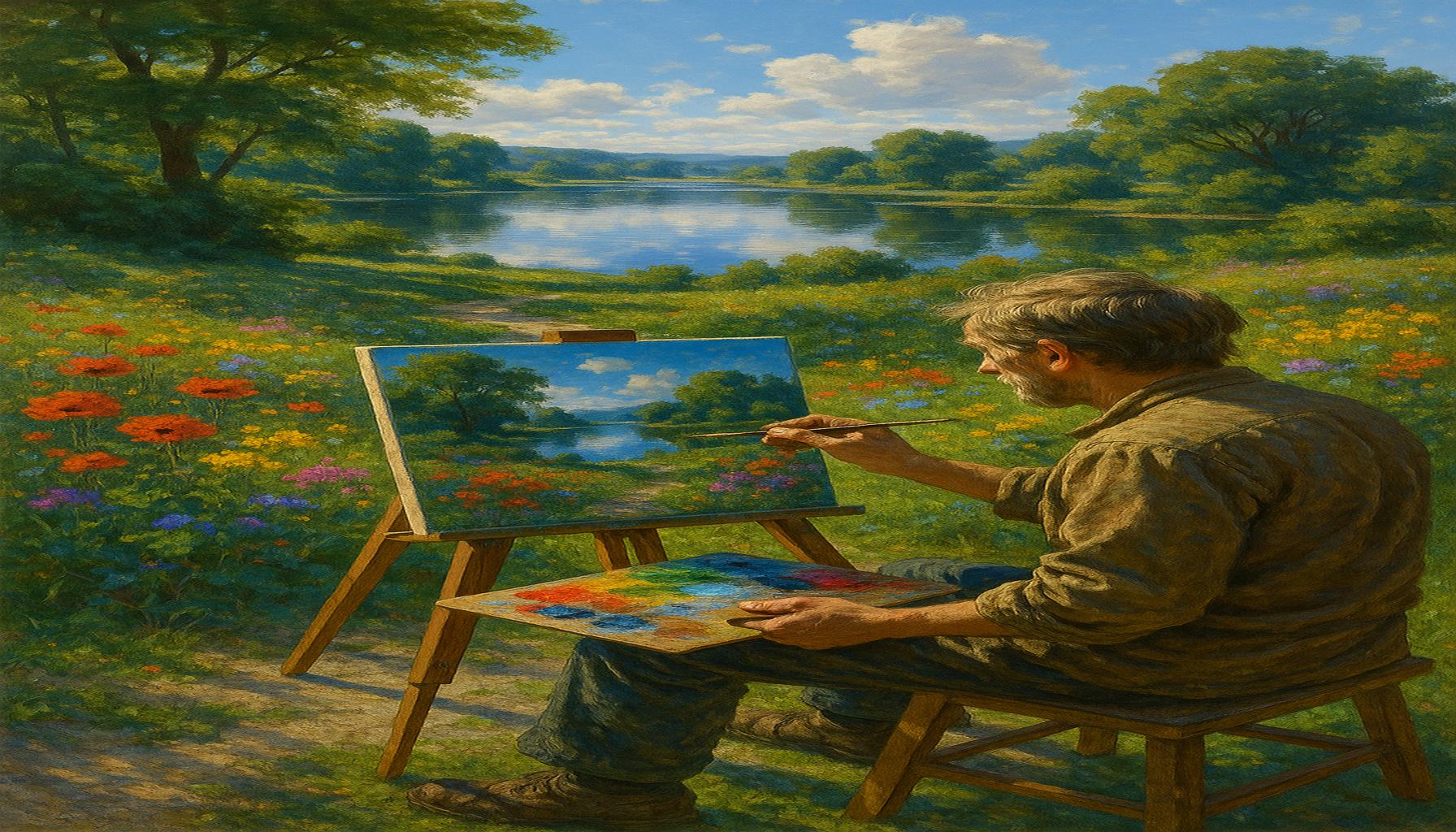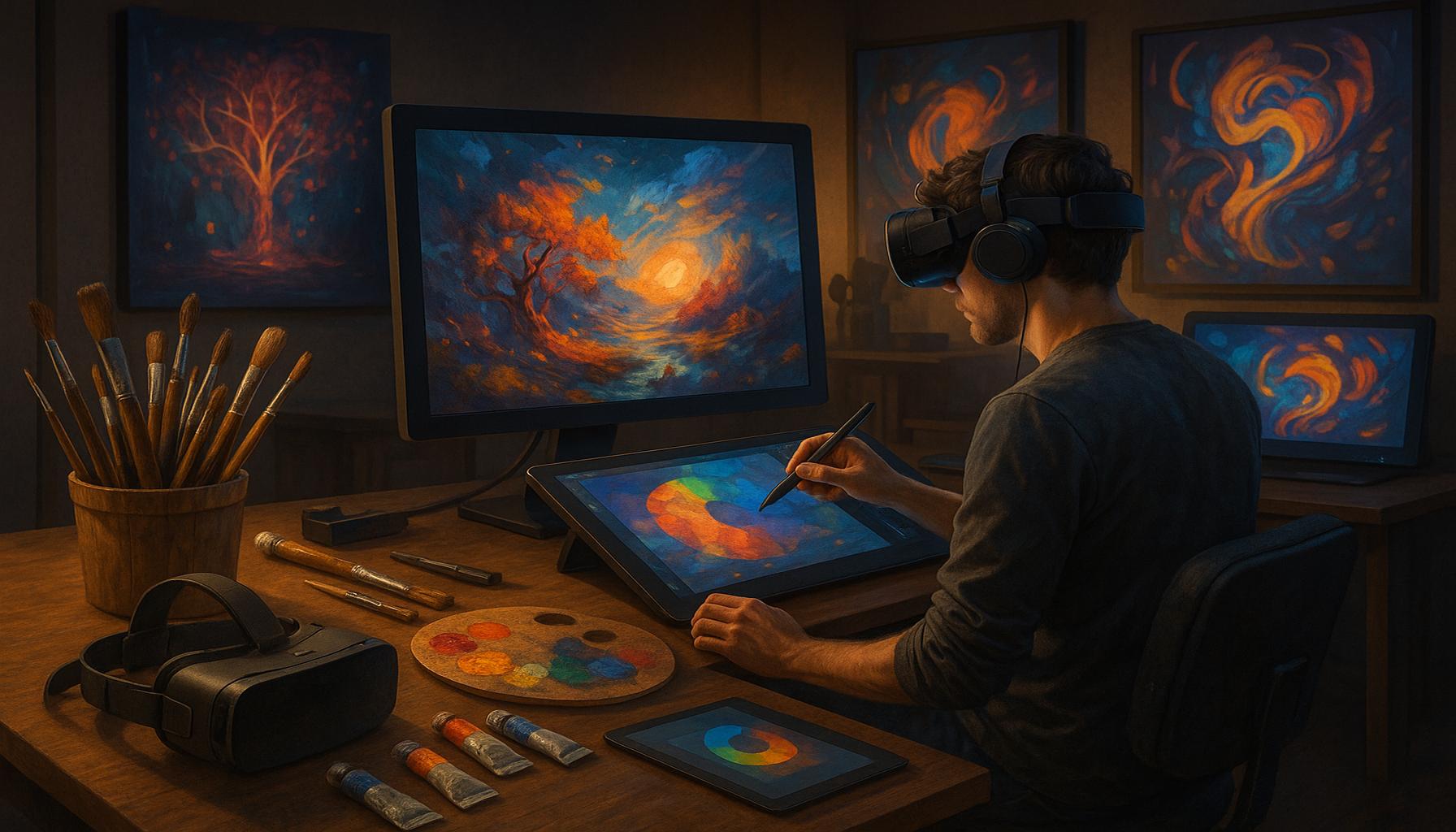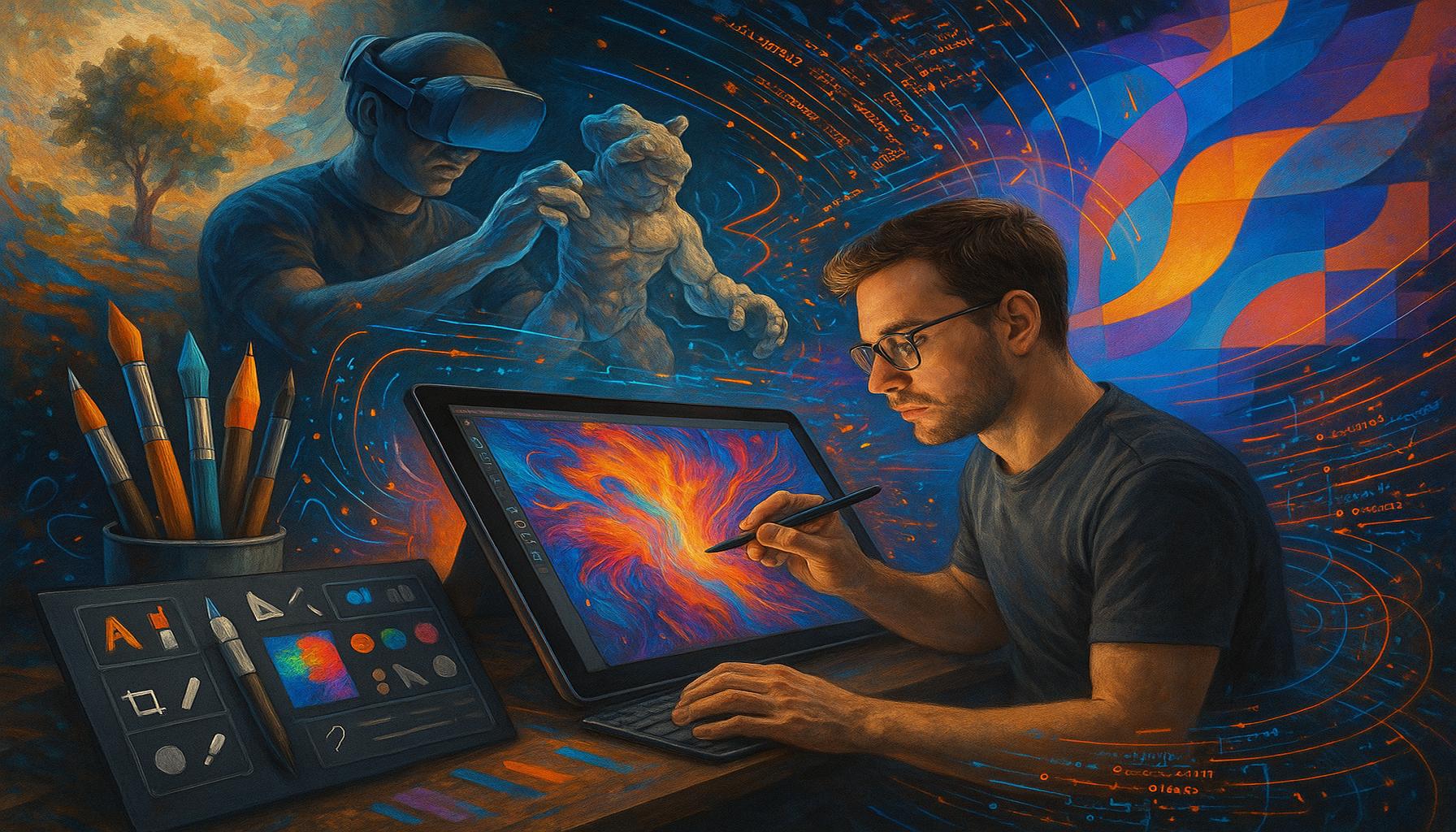Art as Therapy: Psychological Benefits of Engaging in Artistic Hobbies
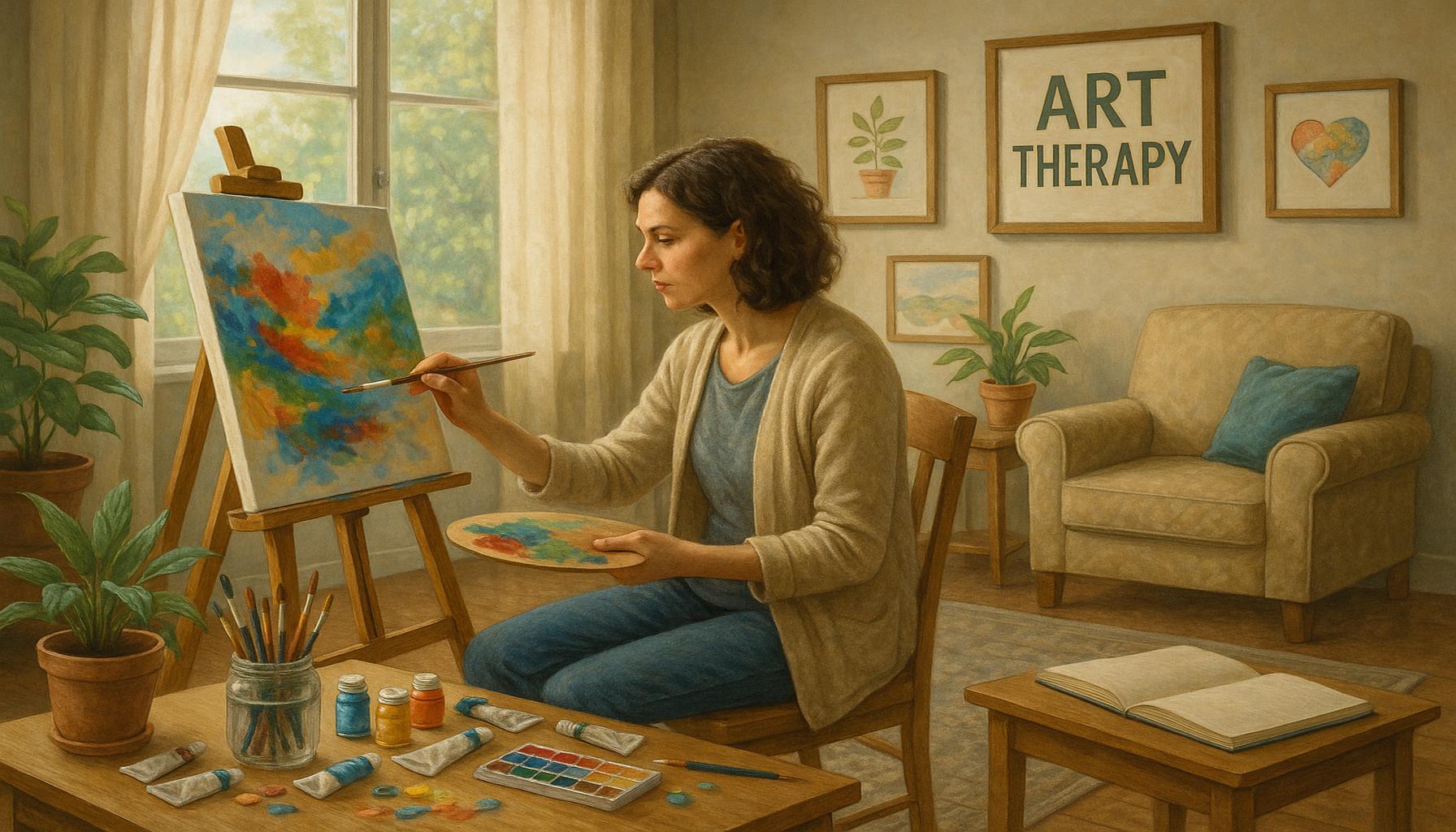
Exploring Artistic Expression as a Path to Healing
Many individuals are unaware that engaging in artistic hobbies can offer profound psychological benefits. From painting and sculpting to photography and dancing, creative activities serve as more than just outlets of personal expression; they also play a crucial role in enhancing mental well-being. These forms of self-expression encompass a variety of techniques and mediums, each providing unique pathways to therapeutic benefits.
The Multifaceted Benefits of Art as Therapy
Art as therapy serves multiple purposes, encompassing a wide spectrum of psychological advantages that can make a significant difference in one’s life. For instance:
- Stress Relief: Creative activities provide a much-needed diversion from daily pressures and worries. Engaging in painting or crafting can help lower cortisol levels, the body’s primary stress hormone. Studies have shown that just 45 minutes of creative activity can reduce stress and anxiety levels significantly.
- Emotional Expression: Artistic outlets allow individuals to express complex feelings without the barriers that often accompany verbal communication. For example, someone dealing with grief may find solace in painting landscapes that depict their emotional journey, translating feelings of loss into visual art.
- Enhanced Self-Esteem: Completing a project, whether it’s a piece of artwork or a DIY home decor item, can lead to a sense of accomplishment and personal pride. This feeling can be particularly empowering for those struggling with self-worth, providing tangible proof of one’s abilities and creativity.
- Social Connection: Participating in art classes or community groups fosters a supportive social environment. These interactions can break down feelings of isolation and loneliness, encouraging individuals to connect over shared interests and experiences. For instance, community mural projects not only beautify neighborhoods but also promote teamwork and collaboration.
Research and Evidence
Numerous studies back these claims, indicating that artistic engagement can lead to significant reductions in symptoms of anxiety and depression. The immersive nature of art allows individuals to enter a state of flow, where their worries temporarily fade away. This mental focus can be likened to a meditative state, promoting mindfulness, and enhancing overall mental health.
As we explore the various facets of art therapy, it becomes evident that both seasoned artists and novices can reap substantial psychological rewards. Programs focused on art therapy are growing in hospitals, community centers, and schools, providing a diverse range of opportunities for people to engage in creative processes. The journey through creativity is not solely about the final product; it’s about the transformative experience of creation itself. Whether through watercolor painting, clay modeling, or music composition, the act of creating can be both a cathartic and healing experience, paving the way for personal growth and emotional resilience.
In conclusion, anyone seeking to improve their mental well-being may find that engaging in the arts is a powerful and rewarding endeavor. The benefits are immense, making the exploration of artistic creativity an inviting and worthwhile path for anyone. So, why not grab a paintbrush or a camera, and begin your journey towards healing today?
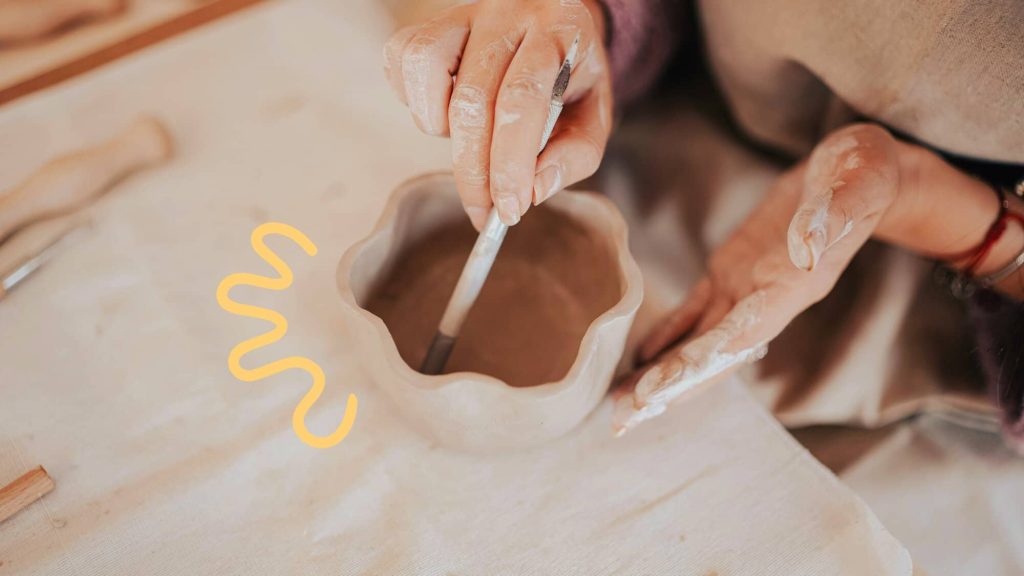
DISCOVER: Click here to enhance your well-being with music
Unlocking Creativity: The Transformative Power of Art
In a fast-paced world brimming with deadlines and responsibilities, the act of engaging in creative endeavors serves as a sanctuary for many. The psychological benefits of art as therapy extend far beyond mere enjoyment; they intertwine with the very fabric of mental health. Research suggests that artistic hobbies foster resilience, reduce anxiety, and promote emotional stability, acting as lifelines for individuals in a variety of circumstances.
Art and Its Role in Mental Health
Artistic engagement has shown remarkable potential in addressing various mental health issues, functioning as both a preventative measure and a therapeutic tool. Consider some of the following ways in which art benefits mental well-being:
- Cognitive Development: Engaging in artistic activities enhances cognitive abilities, such as critical thinking and problem-solving skills. Studies reveal that artists often exhibit heightened neuroplasticity, which is the brain’s ability to reorganize itself and form new connections. This cognitive flexibility can lead to improved mental agility and resilience.
- Trauma Processing: For those who have experienced trauma, creative expression can be a vital means of understanding and communicating complex emotions. Through various art forms, individuals may create visual representations of their pain, allowing them to confront and process hurtful memories in a safe and constructive manner.
- Mindfulness and Presence: Artistic pursuits inherently encourage mindfulness—the practice of being fully present in the moment. Activities such as painting, drawing, or even coloring in an adult coloring book can channel one’s attention away from daily stressors and into the task at hand, promoting a sense of calm and clarity.
- Improved Mood Regulation: Numerous studies show a direct correlation between creative activities and improved mood states. The dopamine released during artistic endeavors fosters positive emotions, creating a natural antidote to feelings of sadness and discontent.
Engaging in the arts nurtures a sense of connection to oneself and to others, enhancing empathy and understanding. Programs incorporating art therapy have gained traction in various settings across the United States, from schools to rehabilitation centers, highlighting the universal relevance of artistic expression as a tool for healing. As more individuals experience the psychological benefits of art, communities are beginning to recognize its value as a means of not only fostering personal growth but also building a supportive and empathetic society.
By actively participating in artistic hobbies, individuals embark on a journey of self-discovery that can unveil hidden talents and passions. As creativity blooms, it often leads to flourishing mental health, highlighting the profound impact that engaging in the arts can have on the human experience.
Art as Therapy: Psychological Benefits of Engaging in Artistic Hobbies
Engaging in artistic hobbies does not merely entertain; it serves as a potent tool for psychological wellness. Research indicates that activities such as painting, drawing, or crafting can significantly influence mental health by reducing symptoms of anxiety and depression. A creative outlet allows individuals to express emotions that might be difficult to articulate with words. Art also promotes mindfulness, drawing the practitioner into the present moment. This intrinsic focus can divert attention from stressors and foster a sense of peace. Participating in artistic activities can stimulate the release of neurotransmitters that bring pleasure, contributing to improved mood and overall satisfaction with life. Additionally, the social aspect of art can bolster feelings of connection. Group art classes or community projects enable interaction with others, reducing feelings of isolation, and cultivating a support system that is immensely beneficial for mental health.To illustrate these concepts more clearly, consider the following advantages of engaging in artistic hobbies depicted in the table below.
| Category | Key Features |
|---|---|
| Emotional Expression | Art provides a unique channel to express complex feelings without words. |
| Stress Relief | Creative activities serve as a distraction, promoting relaxation and calmness. |
As demonstrated, the benefits of engaging in artistic hobbies extend far beyond self-expression; they cultivate emotional health and foster community connections, making art an invaluable aspect of psychological therapy. Discover the transformative power of artistic expression, and consider how these hobbies can enhance your own mental well-being.
DIVE DEEPER: Click here to discover the evolution of digital art
Empowerment Through Expression: The Additional Dimensions of Art as Therapy
Art as a therapeutic practice extends into various dimensions of psychological well-being, reaching individuals from diverse backgrounds and experiences. By offering new avenues for self-expression, artistic hobbies often empower individuals to reclaim their narratives and assert agency in their lives.
Building Community and Connection
One of the less discussed but equally important benefits of engaging in art is its capacity to foster community and connection. Participating in group art classes, workshops, or community art projects brings like-minded individuals together, creating a sense of belonging and reducing feelings of isolation. Interaction with fellow artists can promote collaboration and idea-sharing, which not only enhances creativity but also builds networks of support among participants.
In the United States, numerous organizations have leveraged art to strengthen community ties. For example, initiatives such as community mural projects not only beautify neighborhoods but also encourage local residents to participate in the design and execution of these works. Such collaborative efforts not only express communal identity but also instill pride and ownership within the community.
Art as a Non-Verbal Language
For many, verbal communication can be challenging, especially when grappling with intense emotions or complex life experiences. Art serves as a non-verbal language, enabling individuals to express feelings that might be too difficult to articulate through words. The colors used, the types of brush strokes, or the choice of materials can convey messages that resonate on an emotional level, making art an ideal outlet for introspection.
Psychologists and art therapists have noted that even simple acts like doodling or sketching can unearth subconscious thoughts and feelings, providing valuable insights into one’s mental state. This non-verbal form of expression can pave the way for more effective dialogue about mental health, inviting individuals who have previously felt unable to discuss their experiences to join the conversation in a more accessible way.
The Role of Art in Aging and Cognitive Decline
Engaging in artistic hobbies does not merely benefit the younger population; it also plays a pivotal role in the mental health of older adults. Research indicates that creative activities can help mitigate symptoms of cognitive decline and enhance overall mental acuity in aging populations. The stimulation of brain activity often associated with artistic engagement improves memory, comprehension, and emotional regulation, leading to a more fulfilling life in later years.
Various programs across the U.S. focus on art therapy for the elderly, exploring art forms ranging from painting and sculpture to music and dance. These initiatives not only serve as avenues for self-expression but also combat loneliness by encouraging social interaction among participants. The transformative effects of such programs can lead to enhanced self-esteem, dignity, and joy in participants’ lives.
Embracing the Therapeutic Process
As individuals immerse themselves in artistic pursuits, they often discover that the therapeutic benefits are not solely derived from the final product, but from the process itself. The act of creating facilitates self-exploration and emotional release, allowing participants to navigate through their thoughts and feelings with a newfound sense of clarity.
This journey of self-expression through art is one that transcends age, culture, and circumstance. It holds a mirror to the complexities of the human experience, reminding us that through creativity, we can explore, confront, and ultimately heal our innermost struggles. As we continue to embrace art as therapy, the impact it can have not only on individual individuals but also on the larger community becomes increasingly evident, providing a rich tapestry of healing opportunities.
DISCOVER MORE: Click here to learn how to create a sustainable garden
Conclusion: The Transformative Power of Art in Healing
In conclusion, the multifaceted relationship between art and therapy highlights the profound psychological benefits of engaging in artistic hobbies. These pursuits serve as essential outlets for self-expression and emotional exploration, significantly enhancing individual well-being across diverse age groups and social contexts. The act of creating art allows individuals to transcend linguistic barriers, offering a non-verbal language through which complex emotions can be communicated and understood.
Moreover, the communal aspect of art contributes to a sense of connection, fostering supportive networks that help combat feelings of isolation. Initiatives such as community murals and group workshops not only beautify spaces but also cultivate shared identities and collective pride within neighborhoods, illustrating the healing power of collaboration. Importantly, as the population ages, art plays a pivotal role in mitigating cognitive decline, enabling older adults to maintain mental acuity and emotional richness.
As we recognize the transformative impact of art on psychological health, it becomes clear that engaging in artistic hobbies is more than mere leisure; it is a form of therapy that invites self-discovery, promotes healing, and nurtures social bonds. Encouraging individuals to embrace their creative instincts opens doors to new perspectives on mental well-being, ultimately enriching both personal lives and communities. The ongoing exploration of art as therapy stands as a testament to the resilience of the human spirit and the ever-evolving understanding of mental health in our society.
